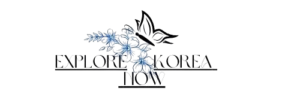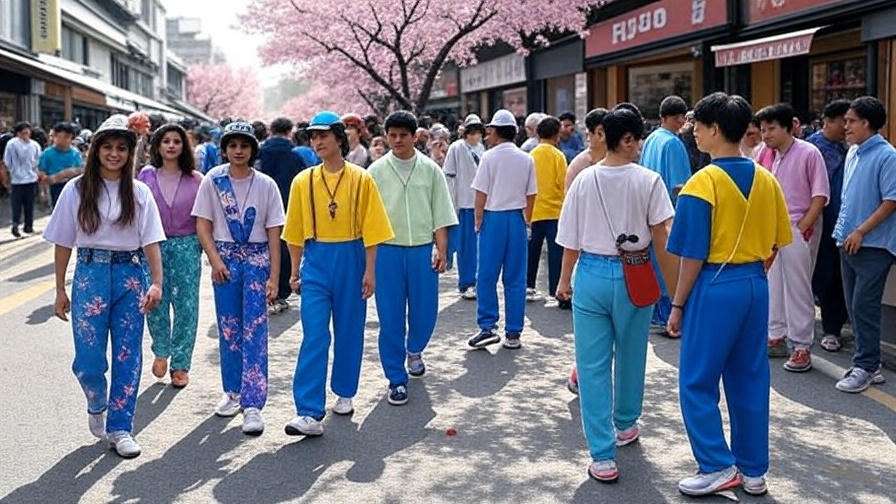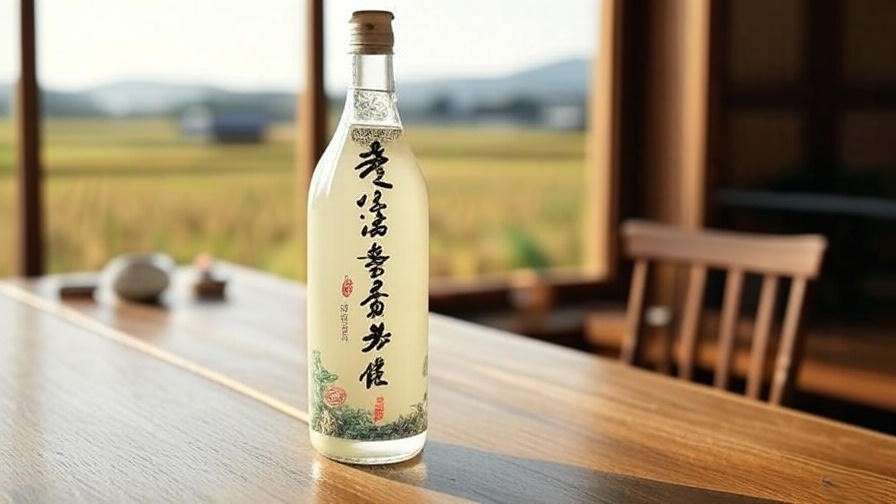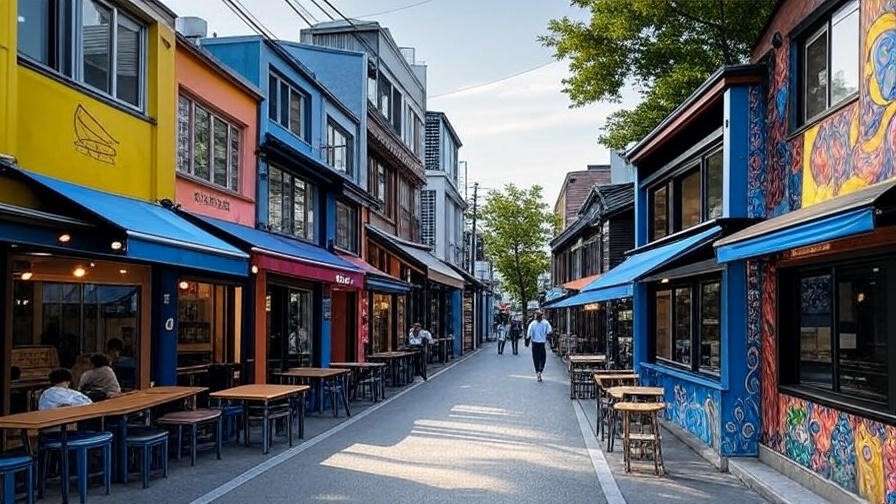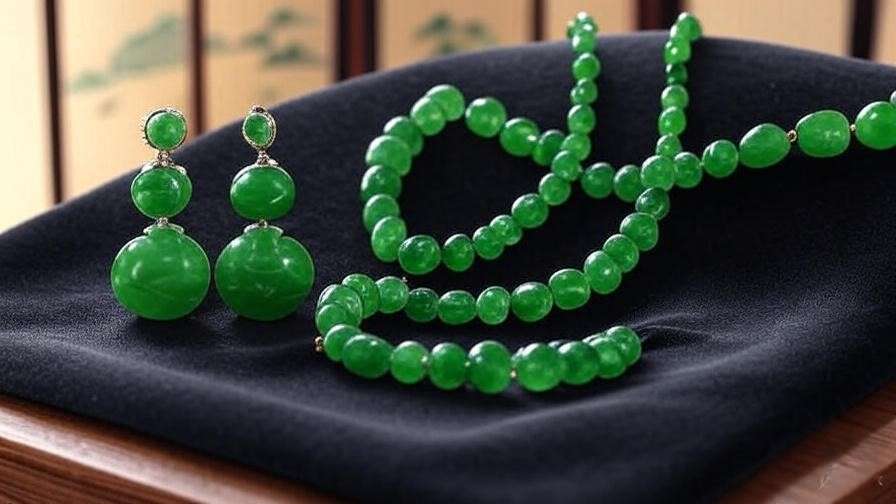Picture this: a K-Drama heroine steps onto the screen, her delicate V-shaped jawline catching the light, exuding elegance and poise. This iconic feature, synonymous with Korean beauty standards, has captivated audiences worldwide, fueling the rise of Korean jawline surgery. As K-Pop idols and K-Drama stars like Park Min-young and BTS members set global beauty trends, the demand for V-line surgery—a procedure to sculpt a slim, symmetrical jawline—has soared. Whether you’re intrigued by K-Beauty’s transformative allure or considering the procedure yourself, this guide offers a comprehensive, trustworthy exploration of Korean jawline surgery, its cultural roots, benefits, risks, and practical steps. Drawing on insights from board-certified surgeons and Korean beauty experts, we’ll empower you to make informed decisions about this life-changing procedure.
What is Korean Jawline Surgery?
Defining the Procedure
Korean jawline surgery, often called V-line surgery, is a cosmetic procedure designed to create a sleek, V-shaped jawline by reshaping the lower jaw and chin. Popularized in South Korea, the global hub of aesthetic innovation, this surgery targets the mandibular angle and chin to achieve a refined, harmonious facial contour. Unlike temporary fixes like fillers, V-line surgery offers permanent results, making it a cornerstone of K-Beauty transformations.
Why the V-Shaped Jawline is Iconic in K-Beauty
In Korean culture, a V-shaped jawline symbolizes youth, elegance, and femininity, deeply rooted in aesthetic ideals showcased in K-Dramas and K-Pop. Stars like IU or Kim Tae-hee embody this look, with their soft, symmetrical faces dominating media. The V-line reflects a cultural preference for balanced proportions, often associated with traditional Korean art and modern beauty trends. As Dr. Lee Ji-hoon, a Seoul-based plastic surgeon, explains, “The V-line is not just about aesthetics; it’s about creating harmony that resonates with Korea’s cultural ideals.”
Types of Jawline Surgery
Korean jawline surgery encompasses several techniques, tailored to individual needs:
- Mandibular Angle Reduction: Reshapes the jaw’s angle to reduce width, creating a slimmer profile.
- Chin Genioplasty: Adjusts the chin’s shape or position for better facial balance.
- T-Osteotomy: Combines jaw and chin reshaping for a dramatic V-line effect.
For those hesitant about surgery, non-surgical options like Botox or dermal fillers can temporarily slim the jawline by targeting masseter muscles or enhancing chin projection. However, these lack the permanence and precision of surgical methods.
Why Choose Korean Jawline Surgery?
The Global Appeal of K-Beauty Standards
K-Beauty’s influence, driven by Korean media, has made jawline surgery a global phenomenon. South Korea performs over 1.2 million cosmetic procedures annually, with jawline surgery among the most sought-after, according to the International Society of Aesthetic Plastic Surgery (ISAPS). K-Dramas like Crash Landing on You and K-Pop groups like BLACKPINK showcase the V-line aesthetic, inspiring fans worldwide to emulate these looks. This cultural export has turned Seoul into a mecca for aesthetic transformations.
Benefits of Jawline Surgery
Jawline surgery offers both aesthetic and functional benefits:
- Aesthetic Enhancement: Achieves a slimmer, more defined jawline, enhancing facial symmetry.
- Confidence Boost: Aligns appearance with personal or cultural beauty ideals, often improving self-esteem.
- Functional Improvements: In some cases, corrects jaw misalignment or bite issues, enhancing oral health.
Patients report feeling more confident in social and professional settings, particularly in image-conscious industries. As K-Beauty influencer Hana Kim notes, “A refined jawline can subtly transform how you’re perceived, blending strength and softness.”
Why South Korea is the Go-To Destination
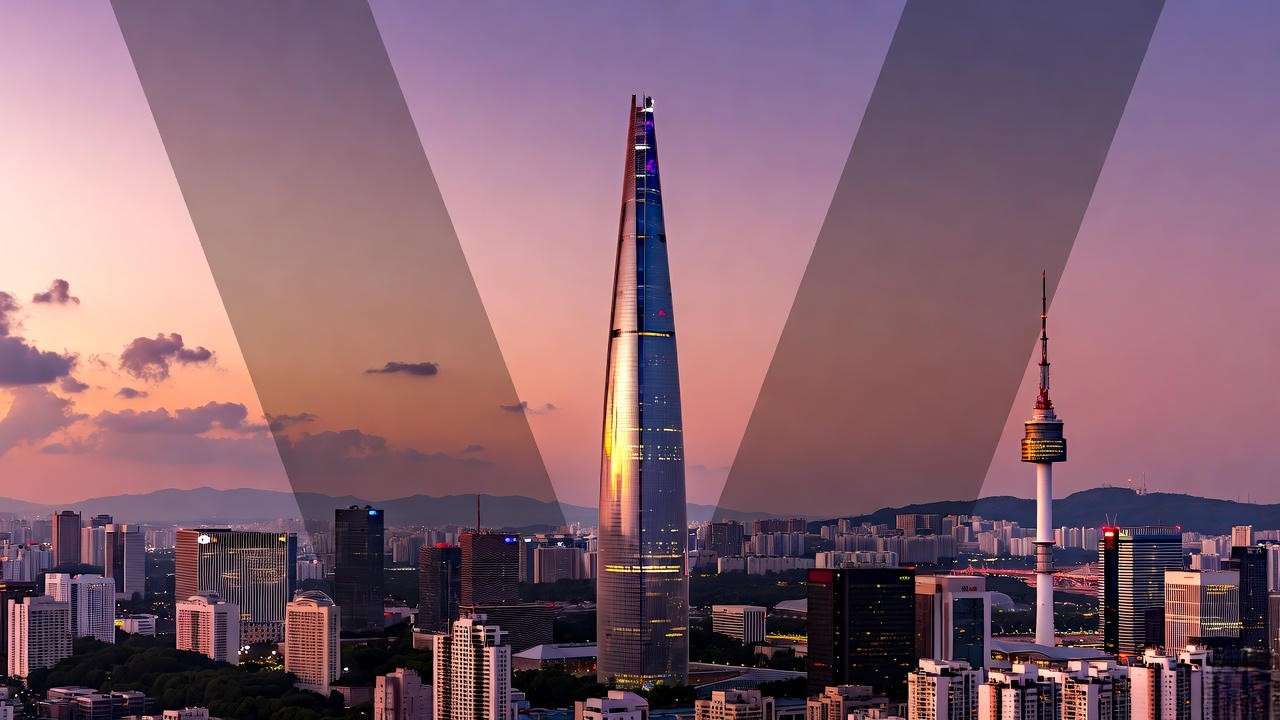 South Korea’s reputation as the “plastic surgery capital of the world” is well-earned. Seoul boasts cutting-edge medical technology, highly skilled surgeons, and clinics like Banobagi and ID Hospital renowned for their precision. Korean surgeons undergo rigorous training, often specializing in facial contouring, and use advanced tools like 3D imaging for personalized results. “Korea’s expertise lies in combining artistry with medical precision,” says Dr. Park Soo-jin, a leading plastic surgeon in Gangnam.
South Korea’s reputation as the “plastic surgery capital of the world” is well-earned. Seoul boasts cutting-edge medical technology, highly skilled surgeons, and clinics like Banobagi and ID Hospital renowned for their precision. Korean surgeons undergo rigorous training, often specializing in facial contouring, and use advanced tools like 3D imaging for personalized results. “Korea’s expertise lies in combining artistry with medical precision,” says Dr. Park Soo-jin, a leading plastic surgeon in Gangnam.
The Procedure: What to Expect
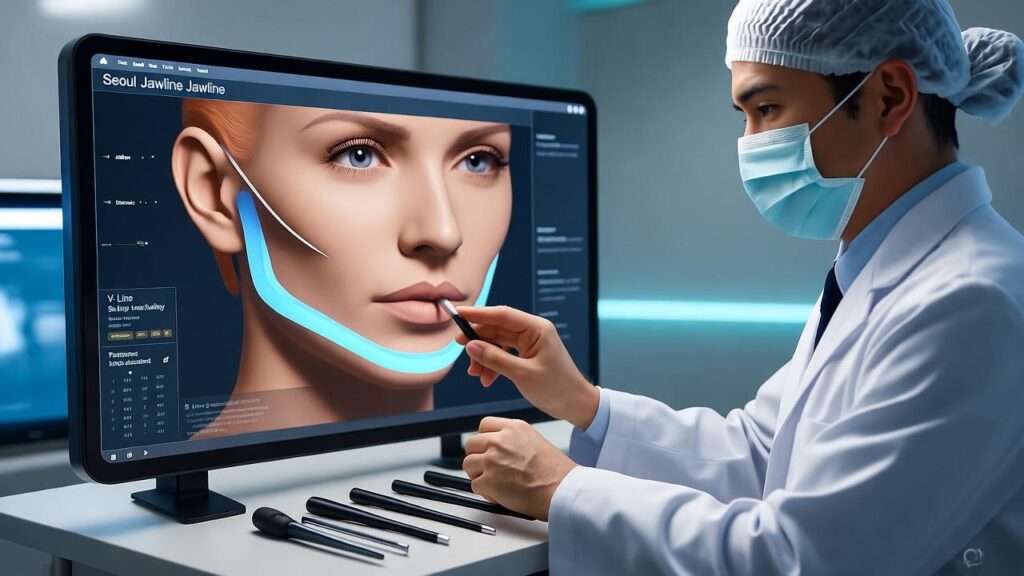 Consultation and Planning
Consultation and Planning
Choosing a reputable clinic is critical. Look for board-certified surgeons with extensive experience in V-line surgery and clinics accredited by the Korean Society of Plastic and Reconstructive Surgeons (KSPRS). During consultations, surgeons use 3D imaging to map your facial structure, ensuring the procedure aligns with your aesthetic goals. Discuss your expectations, medical history, and any concerns to create a tailored surgical plan.
Surgical Process
V-line surgery typically takes 1-3 hours under general anesthesia. Surgeons make intraoral incisions to minimize visible scarring, then reshape the mandibular bone or chin using precise tools. Depending on the technique, bone may be shaved, repositioned, or augmented. Patients usually stay in the hospital for 1-2 days for monitoring.
Recovery and Aftercare

Recovery varies but follows a predictable timeline:
- Weeks 1-2: Significant swelling and bruising; soft diet required.
- Weeks 3-6: Swelling subsides; normal activities resume.
- Months 3-6: Final results emerge as tissues fully heal.
Top 5 Recovery Tips for Optimal Healing:
- Follow a soft diet (e.g., soups, smoothies) to avoid jaw strain.
- Maintain strict oral hygiene to prevent infection.
- Avoid strenuous exercise for 4-6 weeks.
- Use cold compresses to reduce swelling in the first week.
- Attend all follow-up appointments for monitoring.
Risks and Considerations
Potential Risks of Jawline Surgery
Like any surgery, V-line procedures carry risks, including:
- Swelling and bruising (common, temporary).
- Infection or bleeding (rare with proper care).
- Nerve damage, potentially causing temporary or permanent numbness.
- Asymmetry, requiring corrective procedures in rare cases.
Choosing an experienced surgeon minimizes these risks. Dr. Kim Min-soo, a KSPRS member, emphasizes, “Patient safety hinges on surgeon expertise and post-operative care.”
Who is a Good Candidate?
Ideal candidates are healthy adults with realistic expectations and specific aesthetic goals, such as a wider or asymmetrical jawline. Those with medical conditions like uncontrolled diabetes or unrealistic expectations (e.g., wanting to look identical to a celebrity) may not be suitable. A thorough consultation ensures candidacy.
Ethical and Cultural Considerations
The pursuit of K-Beauty standards raises ethical questions. Critics argue that societal pressure, amplified by media, can drive individuals to alter their appearance unnecessarily. This article encourages self-acceptance alongside aesthetic goals, urging readers to weigh personal motivations against cultural influences. Consulting a therapist or counselor can help clarify intentions before deciding on surgery.
Costs and Planning Your Trip to South Korea
How Much Does Korean Jawline Surgery Cost?
Korean jawline surgery typically costs between $5,000 and $15,000 USD, depending on the clinic, surgeon’s expertise, and procedure complexity. For instance, mandibular angle reduction alone may be less expensive than a combined T-osteotomy and genioplasty. Compared to Western countries, where similar procedures can cost $20,000 or more, South Korea offers affordability without compromising quality. Additional expenses, such as hospital stays, anesthesia, and follow-up care, are often included in quoted prices. For precise pricing, contact reputable clinics directly or visit https://x.ai/grok for resources on researching K-Beauty procedures. Always request detailed cost breakdowns to avoid hidden fees.
Choosing a Clinic in Seoul
Selecting the right clinic is paramount for a safe and successful outcome. Renowned clinics like Banobagi, ID Hospital, and JK Plastic Surgery Center are known for their expertise in V-line surgery and high patient satisfaction rates. When evaluating clinics, consider the following checklist:
How to Vet a Korean Plastic Surgery Clinic:
- Verify surgeon credentials (e.g., board certification by the Korean Society of Plastic and Reconstructive Surgeons).
- Read patient reviews on trusted platforms like WhatClinic or RealSelf.
- Ensure the clinic uses advanced technology, such as 3D imaging for surgical planning.
- Check for accreditation by Korean health authorities or international bodies.
- Confirm language support for international patients (e.g., English-speaking staff or translators).
Reputable clinics provide transparent consultations, showcasing before-and-after photos and patient testimonials. Avoid facilities with overly aggressive marketing or suspiciously low prices, as these may indicate compromised quality.
Planning Your Medical Tourism Journey
South Korea is a global leader in medical tourism, welcoming thousands of international patients annually for cosmetic procedures. Planning your trip involves several steps:
- Visa and Travel: Most countries qualify for South Korea’s visa-free entry for up to 90 days, but check requirements via the Korean embassy. Book flights to Incheon International Airport, a hub for Seoul.
- Accommodations: Choose lodging near your clinic in Gangnam or Myeongdong, where many top facilities are located. Many clinics offer recovery suites or partner with nearby hotels.
- Language Support: While many surgeons speak English, consider hiring a medical tourism agency like Medictel or Shin Medical for translation and logistical support.
- Cultural Immersion: Plan downtime to explore Seoul’s vibrant culture, from K-Drama filming locations to skincare shopping in Myeongdong.
Agencies can streamline the process, arranging consultations, airport transfers, and post-operative care, ensuring a stress-free experience.
Cultural Context: Jawline Surgery in Korean Entertainment
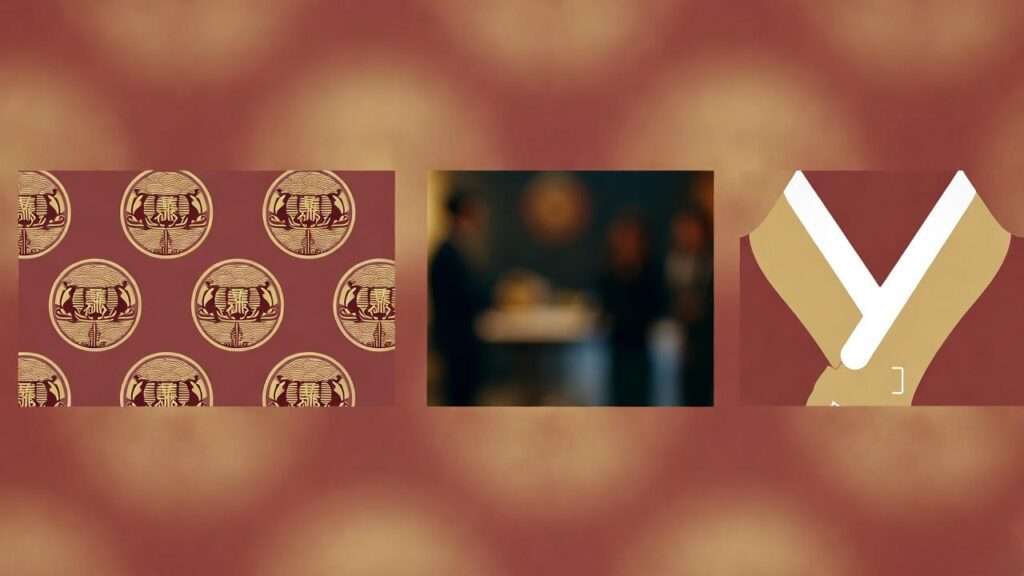 The Role of K-Dramas and K-Pop
The Role of K-Dramas and K-Pop
Korean entertainment has profoundly shaped global perceptions of beauty, with the V-shaped jawline becoming a defining feature. K-Dramas like Crash Landing on You and Itaewon Class showcase actors with sculpted jawlines, such as Hyun Bin and Park Seo-joon, whose looks inspire fans worldwide. Similarly, K-Pop idols like Lisa from BLACKPINK or V from BTS epitomize the V-line aesthetic, fueling its popularity. Rumors about celebrities undergoing jawline surgery, while rarely confirmed, spark curiosity and demand. This media-driven influence underscores why Seoul remains the epicenter of aesthetic innovation.
Balancing Tradition and Modernity
Korean beauty standards blend traditional aesthetics with modern ideals. Historically, balanced facial proportions were celebrated in art forms like hanbok design and traditional portraiture, emphasizing symmetry and refinement. Today, these ideals merge with globalized beauty trends, amplified by Korea’s entertainment industry. As cultural historian Dr. Choi Eun-kyung notes, “The V-line reflects a modern reinterpretation of Korea’s long-standing appreciation for facial harmony, adapted to the global stage.” This fusion makes jawline surgery not just a cosmetic choice but a cultural phenomenon.
Alternatives to Jawline Surgery
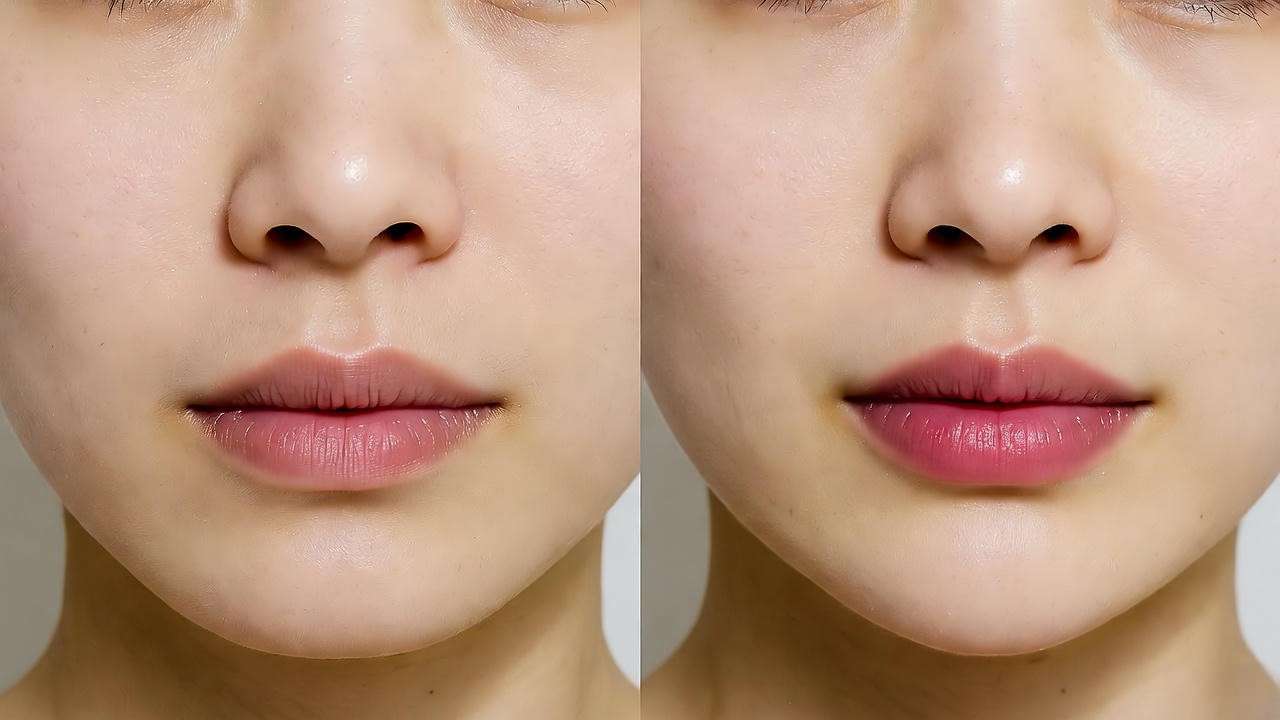 Non-Surgical Options
Non-Surgical Options
For those hesitant about surgery, non-surgical alternatives offer temporary jawline enhancement:
- Botox: Injecting Botox into the masseter muscles reduces jaw width, creating a slimmer appearance. Effects last 4-6 months and cost $300-$800 per session.
- Dermal Fillers: Fillers enhance chin projection or contour the jawline, with results lasting 6-18 months. Prices range from $500-$1,500.
- Thread Lifts: PDO threads lift and tighten the jawline, offering subtle results for 12-24 months. Costs average $1,000-$2,500.
While less invasive, these options require maintenance and may not achieve the dramatic, permanent results of surgery. Consult a qualified practitioner to assess suitability.
Natural Methods to Enhance Jawline
K-Beauty-inspired techniques can subtly enhance the jawline without medical intervention:
- Facial Exercises: Exercises like chin lifts or jaw jutting strengthen facial muscles, potentially improving definition over time.
- Makeup Contouring: Use bronzer and highlighter to create the illusion of a V-shaped jawline, a technique popularized by Korean beauty YouTubers.
- Skincare Routines: Hydrating and firming products, like those from Laneige or Sulwhasoo, improve skin elasticity, enhancing facial contours.
How to Contour Your Jawline Like a K-Beauty Pro:
- Apply a matte bronzer along the jawline, blending downward to create shadow.
- Highlight the chin’s center with a subtle shimmer to draw attention.
- Blend seamlessly for a natural effect, using a damp beauty sponge.
- Set with translucent powder to ensure all-day wear.
These methods are affordable and non-invasive, ideal for those exploring K-Beauty aesthetics without committing to surgery.
Frequently Asked Questions (FAQs)
What is the recovery time for Korean jawline surgery?
Recovery typically takes 2-6 weeks for swelling to subside, with full results visible in 3-6 months. Follow your surgeon’s aftercare plan for optimal healing.
Is Korean jawline surgery safe?
When performed by a board-certified surgeon in an accredited clinic, the procedure is generally safe. Risks like infection or nerve damage are rare with proper care.
How do I find a reputable clinic in South Korea?
Research clinics with KSPRS accreditation, read patient reviews, and verify surgeon credentials. Clinics like Banobagi and ID Hospital are well-regarded.
Can jawline surgery improve my facial symmetry?
Yes, V-line surgery enhances symmetry by reshaping the jaw and chin, addressing asymmetry or disproportionate features.
Are there non-surgical alternatives that last as long?
Non-surgical options like Botox or fillers are temporary, lasting 4-18 months, while surgery offers permanent results.
How painful is jawline surgery?
Discomfort is manageable with prescribed pain medication. Most patients report mild soreness during the first week.
What should I avoid after surgery?
Avoid hard foods, strenuous exercise, and smoking for 4-6 weeks to ensure proper healing.
Can men get jawline surgery?
Absolutely. Men seek V-line surgery for a sharper, more defined jawline, with techniques tailored to masculine aesthetics.
Korean jawline surgery, or V-line surgery, embodies the transformative power of K-Beauty, blending cultural ideals with cutting-edge medical expertise. From its roots in Korean entertainment to its global appeal, this procedure offers a path to enhanced confidence and facial harmony. By understanding the process, risks, costs, and alternatives, you can make an informed decision that aligns with your aesthetic and personal goals. Whether you’re inspired by K-Drama stars or seeking a subtle enhancement, thorough research and consultation with board-certified professionals are key. Explore more K-Beauty trends on our site, and share your thoughts: Have you considered jawline surgery or other K-Beauty procedures? Let us know in the comments!
